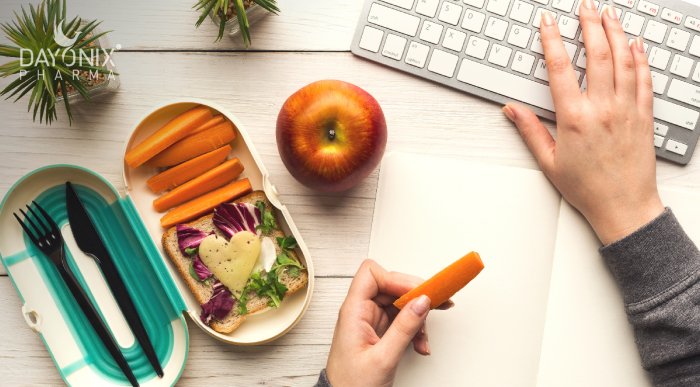
Eat up, fight iron and nutritional deficiency!
April 27, 2020Nutritional deficiency
“Good nutrition is a basic need, a human right and is fundamental to health and well-being”. This is a key message from WHO to fight nutritional deficiency. About 613 million women suffer from anaemia worldwide. A big proportion of them suffer with iron deficiency anaemia.
It is important to define the causes of malnutrition, its types and its epidemiologic facts, in order to fight with it. Each government has to have its specific plan based on the mentioned factors. But there are some certain actions which are essential to improve the public nutritional status.
Assessment of nutritional status is the first line in each nutrition action. This assessment is usually done by the healthcare providers. For instance, by measuring weight, height, head circumference, and developmental tests, they can assess children’s growth and development and thereby their nutritional status. In older ages, other tests like full blood count, iron levels, vitamin D levels or zinc levels, this can be evaluated.
After the assessment of nutritional status, the ones who have nutritional deficiencies will be divided into two groups. One is for the emergencies and the others is for the ones who suffer from infectious diseases and special conditions.
Nutritional deficiency/ Age groups
Based on the age group there are some actions which should be considered, no matter what the cause of the malnutrition is.
Infants: To make sure that they are under breast feeding and complementary feeding.
Children: growth assessment, counselling and referral, plus treatment for wasting are essential in this group. Furthermore, vitamin A and zinc supplementation is required in children at risk.
Adolescents: Iron and folic acid supplementation or rich iron diet foods should be added to their diet.
Adults: Iron and folic acid supplementation or through diet, should be considered before and during pregnancy.
Older persons: Nutrients should be supplemented orally in the ones who are at risk of undernutrition.
Considering the above suggested by WHO, it is important to know about how they can be achieved.
Surely diet is the very first variable. Let’s have a look at what every dish should be like in order to have the richest diet.
Nutritional deficiency/ Diet
Breakfast:
A true diet shall contain a great amount of protein to avoid iron and nutritional deficiency. Start your day with a protein rich plate. This will boost your metabolism, as it takes more energy to be digested. Protein rich meals contains a good amount of iron too, no matter what the source is. So you can add spinach, kale, eggs, beans and diary to your breakfast. Good fats are also very important in your diet in order to have a healthy vascular system. Avocado, homemade peanut butter and tahini are some of the richest types of these fats. Try some recipes here.
Lunch:
The best way to add carbs in your diet is to have them as starchy vegetables and fruits. They are both high in fiber and carbs, which will make your blood sugar rise steadily. Again, your lunch should have a good amount of proteins. Always put salads in your diet plan. Besides having different type of nutrients in them, salads keep your digestive system healthy. Try some new recipes.
Dinner:
A dish full of carbs, essential fats, and protein is the best choice for your dinner. This can be a dish with salmon, potatoes and broccoli. Or an avocado, eggs, and spinach toast.
Snacks:
Dried fruits, nuts, fresh fruits and veggies like carrots and tomatoes are some of the best choices of a healthy and nutrient rich snack.
In summary, what is important in choosing your meals is to know your body. Know what your body needs to have its most energy from. Then you can divide your plates with healthy choices. Another important factor to know is that, you have to make your vegetable and proteins the biggest part of your dish. Also try to avoid processed and canned foods.
So what do these tips have to do with iron deficiency?
As you may know, we get our iron from haem and non-haem sources. When you enrich your plate with vegetables, seeds and nuts and meet or eggs, there is a good chance you will get a good amount of iron from your everyday meal. Adding citrus fruits to your meals will boost your chance of absorbing iron from food. Be sure not to drink tea or coffee right after each main meal. And if you ever feel any of the iron deficiency signs and symptoms, you can use iron supplements with the least side effects like Irofix.
Keywords : anemia, diet, health, iron deficiency, iron supplement, women